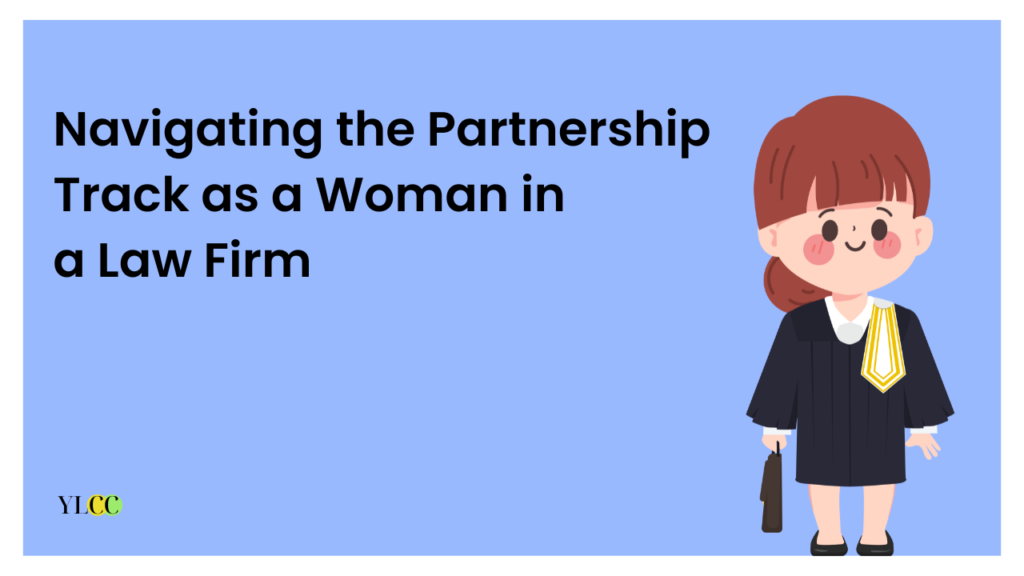
Welcome to this blog post where we’ll be discussing a topic that shouldn’t even be an issue in the 21st century – women on the partnership track in law firms. Yes, you read that right. In case you were living under a rock, women do exist and they are just as capable as men in the legal profession. Shocking, we know.
But alas, the legal profession has been known to be a bit of a boys’ club, with men holding the majority of the partnership positions. But fear not, ladies, we’ve got some tips for you to navigate the treacherous path to partnership.
In this post, we’ll be covering topics like how to find a mentor who isn’t a misogynistic dinosaur, ways to deal with the constant microaggressions and implicit biases you’ll face, and how to build your brand and network without compromising your values.
So sit tight, grab a glass of wine (or whiskey), and let’s dive into this absurd topic that shouldn’t even be an issue in the first place.
The Gender Gap in Partnership: More Like a Chasm
Let’s Talk Numbers: Stats on Women in Partnership
Unfortunately, the numbers don’t lie. The Indian law firms are still stuck in the last century when it comes to gender diversity. With an average of only 30% women (see here) in the partnership, it’s a wonder they haven’t caught up to the fact that women are not just capable, but also kick-butt lawyers. And don’t even get me started on the fact that only a measly 23% of those firms have a senior gender ratio above 40%. And it’s not just at the top level – women are also underrepresented in non-equity partnership positions and leadership roles within firms.
Breaking Down the Numbers: Reasons Behind the Gap
There are several reasons behind the gender gap in partnership. One of the main factors is the “old boys’ club” mentality that still exists in many law firms. Men are more likely to mentor and promote other men, while women may not receive the same opportunities for advancement. There’s also the issue of unconscious biases and stereotypes that affect how women are perceived and evaluated.

Stereotypes and Biases: Still Alive and Kicking
The “Emotional” Woman: A Myth that Needs to Die
One of the most pervasive stereotypes that affects women’s advancement in law is the idea that women are too emotional to make good leaders. This myth needs to be debunked, as there is no evidence to support it. In fact, research shows that diverse teams with women in leadership positions are more effective and profitable.
The “Family vs. Career” Dilemma: Why Can’t Women Have Both?
Another stereotype that affects women’s advancement is the belief that women will prioritize their family over their career. This assumption is not only sexist, but it’s also inaccurate. Women should not have to choose between their family and their career – they can have both, and law firms need to provide the necessary support and flexibility to make it happen.
Work-Life Balance: A Struggle for Women in Law
The “Mommy Track” Mentality: How It Holds Women Back
The “mommy track” mentality is the idea that women who have children are less committed to their career and therefore deserve less challenging work and fewer opportunities for advancement. This mentality not only holds women back, but it’s also discriminatory and harmful to working parents.
The Invisible Workload: The Emotional and Mental Burden of Caregiving
Women also bear the brunt of caregiving responsibilities, whether it’s for children, aging parents, or other family members. This invisible workload takes a toll on their emotional and mental well-being, and can make it harder for them to balance work and life.
Strategies for Breaking the Glass Ceiling: Tips for Women in Law
Building a Strong Support System: Allies, Mentors, and Sponsors
Women need allies, mentors, and sponsors within their firms and the legal community to help them navigate the challenges of the partnership track. These individuals can offer guidance, support, and advocacy for their advancement.
Negotiating for What You Deserve: Assertiveness and Advocacy Skills
Women also need to develop their assertiveness and advocacy skills to negotiate for the opportunities and compensation they deserve. They should not be afraid to speak up and ask for what they want.
Prioritizing Self-Care: The Importance of Work-Life Balance for Everyone
Finally, women (and everyone) need to prioritize self-care and work-life balance. This means setting boundaries, taking breaks, and taking care of their mental and physical health. It’s not only essential for their well-being, but it also makes them better lawyers.
Find Mentors: Building a Strong Network
Finding mentors can provide valuable support and guidance in navigating the legal profession. Seek out mentors who can offer advice and guidance on career development and work-life balance.
With these strategies in mind, women in law can overcome gender biases and achieve success on the partnership track. Remember, you’ve got this!
Conclusion
Well, that’s a wrap! We’ve covered a lot of ground in this blog post about women on the partnership track in law firms. Let’s recap the main points:
Women face unique challenges on the partnership track, including a gender gap in partnership positions, unconscious biases and stereotypes, and work-life balance issues.
Strategies for overcoming gender bias and achieving success include speaking up and building alliances, networking and mentoring relationships, and managing work-life balance by setting boundaries and prioritizing self-care.
It’s clear that addressing gender bias and supporting women in law firms is crucial for creating a more equitable and inclusive workplace. So let’s keep pushing forward, shattering that glass ceiling and lifting each other up along the way. To all the women on the partnership track: remember that you are capable, you are deserving, and you are not alone. Keep striving, keep pushing, and never give up on your dreams.
YLCC would like to thank Pearl Narang for her contribution in this article.






